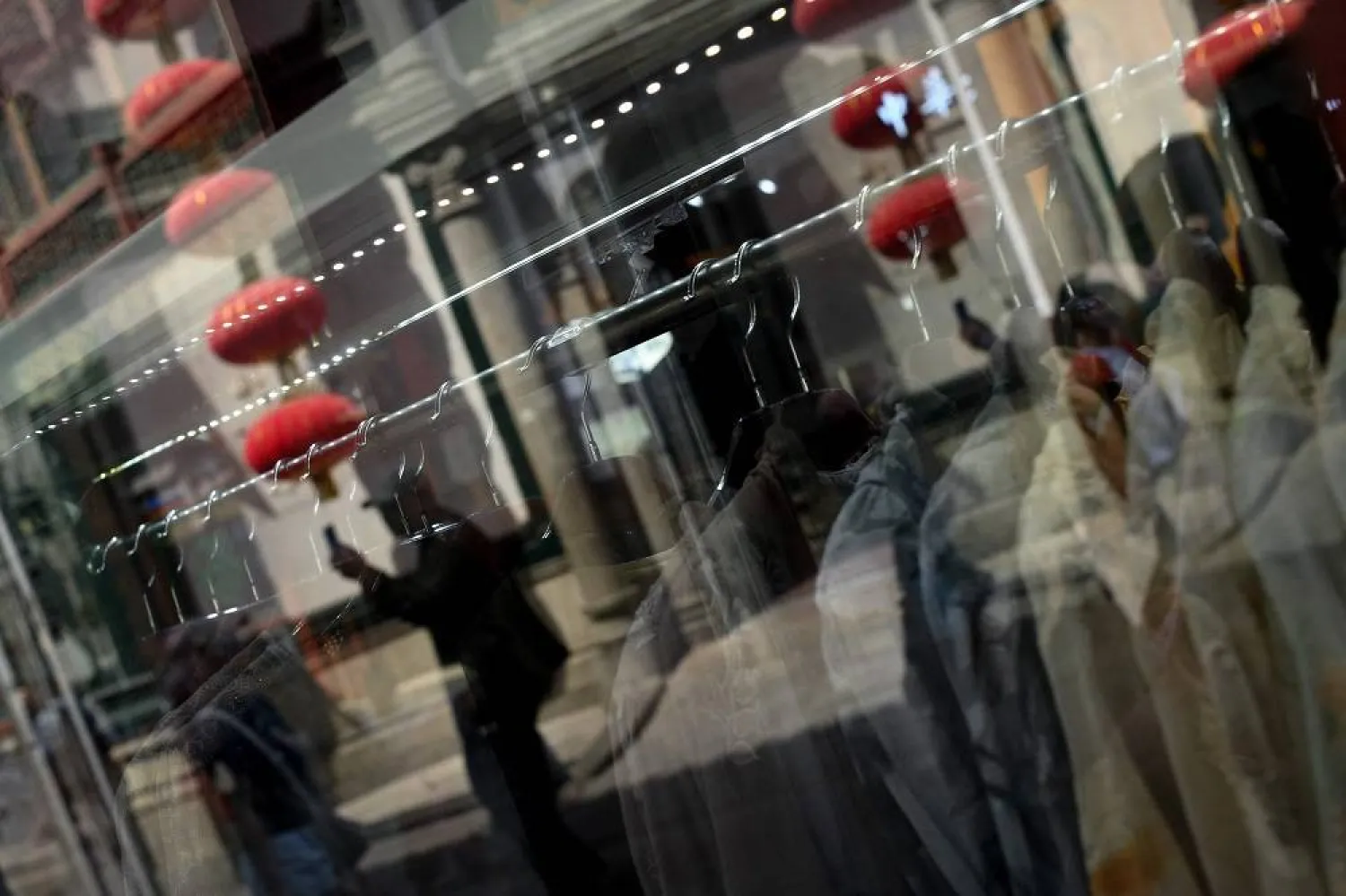China's economy expanded at a 5.4% annual pace in January-March, supported by strong exports ahead of US President Donald Trump’s rapid increases in tariffs on Chinese exports, the government said Wednesday.
Analysts are forecasting that the world’s second largest economy will slow significantly in coming months, however, as tariffs as high as 145% on US imports from China take effect.
Exports were a strong factor in China’s ability to attain a 5% annual growth rate in 2024 and the official target for this year remains at about 5%.
Beijing has hit back at the US with 125% tariffs on American exports, while also stressing its determination to keep its own markets open to trade and investment.
In quarterly terms the economy grew 1.2% in January-March.
Chinese exports surged more than 12% in March and nearly 6% in the first quarter, as companies rushed to beat Trump’s tariffs. That has supported robust manufacturing activity in the past several months.
But despite relatively fast growth by global standards, the Chinese economy has struggled to regain momentum since the COVID-19 pandemic, partly due to a downturn in the property market resulting from a crackdown on excess borrowing by developers.
The tariffs crisis looms as another massive blow at a time when Beijing is striving to get businesses to invest and hire more workers and to persuade Chinese consumers to spend more.
Both private and public sector economists have remained cautious about what to expect, given how Trump has kept switching his stance on the details of his trade war.
"Given the events over the past two weeks, it is extremely difficult to predict how the US and China tariffs on each other might evolve," Tao Wang and other UBS economists said in a report.
The International Monetary Fund and Asian Development Bank have stuck with more optimistic forecasts of about 4.6% growth this year.
After taking office, Trump first ordered a 10% increase in tariffs on imports from China. He later raised that to 20%. Now, China is facing 145% tariffs on most of its exports to the United States.
UBS estimates that the tariffs, if they remain roughly as they are, could cause China’s exports to the United States to fall by two-thirds in coming months and that its global exports could fall by 10% in dollar value. It cut its forecast for economic growth this year to 3.4% from an earlier 4%. It expects growth to slow to 3% in 2026.
China has stepped up efforts to spur more consumer spending and private sector investment over the past seven months, doubling down on subsidies for auto and appliance trade-ins and channeling more funding for housing and other cash strapped industries.







